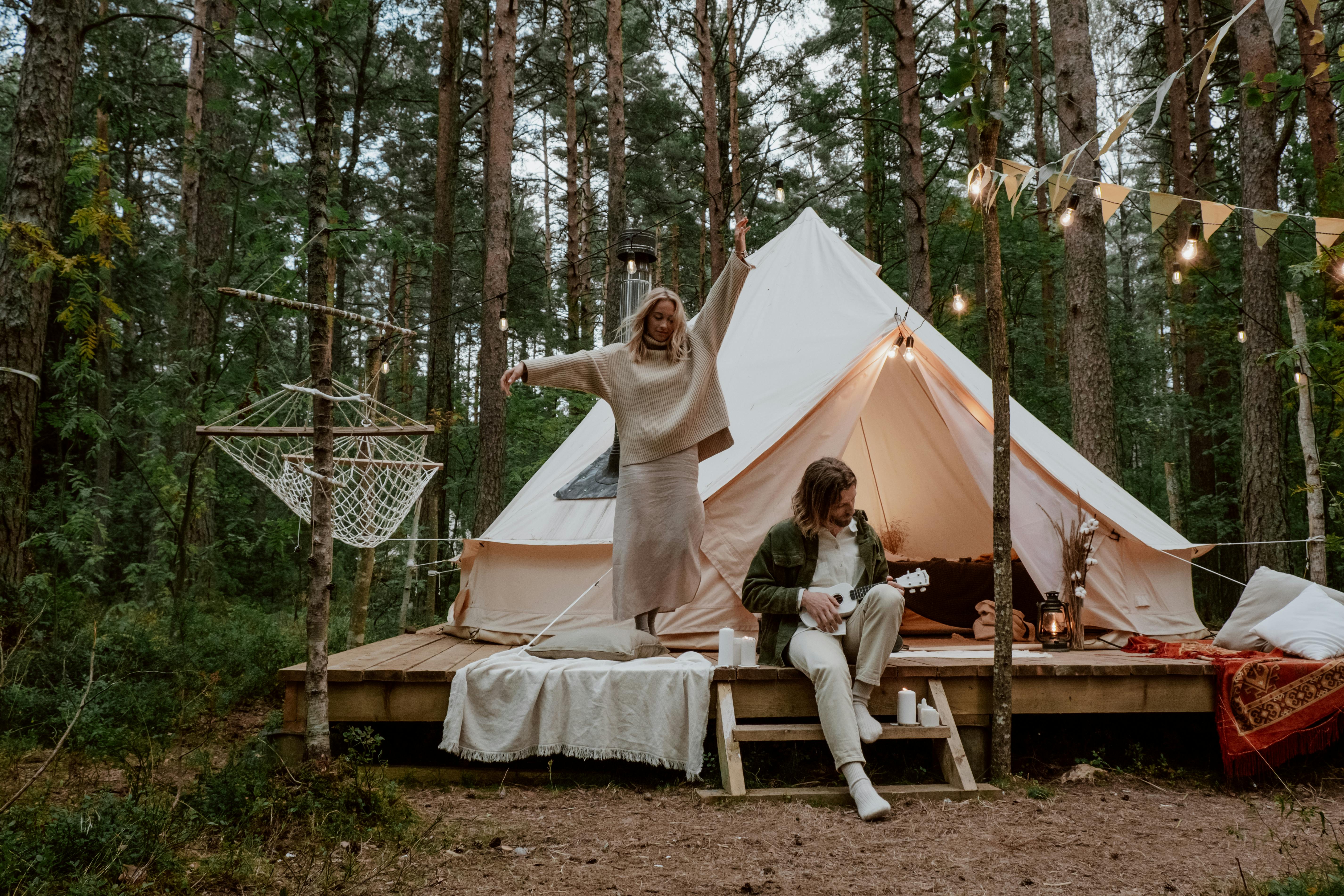Unveiling the Rising Trend of Glamping: A Luxurious Spin on Traditional Camping
Glamping, a portmanteau of 'glamorous' and 'camping,' is a travel trend that has been gaining traction over the past few years. This luxury camping style marries the rustic allure of the great outdoors with the comfort and convenience of modern amenities, offering an immersive nature experience without sacrificing comfort. This article delves into the origins and evolution of glamping, its current trends, and the impact it has on today's travelers.

The Genesis and Growth of Glamping
The concept of glamping can be traced back to the 16th century when the Scottish Earl of Atholl prepared a luxurious camping experience for King James V and his mother. This included extravagant tents filled with all the comforts of their palace. However, the term ‘glamping’ wasn’t coined until 2005. Since then, it has steadily gained popularity, with more travelers seeking a blend of adventure and luxury.
Current Glamping Trends and Expert Insights
Today, glamping has evolved into a full-fledged travel style, with various types offering unique experiences. For instance, treehouse glamping and yurt glamping are popular for their distinctive setups. Safaris, another form of glamping, have been around for a long time but are now gaining recognition as a type of glamping due to the luxurious accommodation they provide in the wild. This diversification in glamping styles is backed by a growing desire among travelers to experience nature without compromising on comfort.
Advantages, Challenges, and Impact on Travelers
The primary advantage of glamping is that it offers an accessible way to connect with nature. For those not inclined towards traditional camping, glamping provides an attractive alternative. However, the challenge lies in preserving the natural environment while providing luxury services, which can sometimes lead to environmental concerns.
The impact on travelers is significant. Glamping introduces them to a new way of experiencing the outdoors—one that combines the thrill of camping with the comforts of a hotel. This unique blend is making travel experiences more diverse and inclusive.
The Science Behind Glamping
Research supports the positive impacts of spending time in nature on our physical and mental health. The Japanese practice of Shinrin-yoku, or forest bathing, has been linked to lower stress levels, improved mood, and enhanced immune function. Glamping offers an opportunity to reap these benefits in a comfortable setting.
Interesting Glamping Insights
- The global glamping market size was valued at USD 2.1 billion in 2018 and is expected to grow at a compound annual growth rate (CAGR) of 12.5% from 2019 to 2025.
- One of the most popular glamping locations is the Serengeti in Tanzania, where travelers can experience the wild in luxury tents.
- Glamping has even reached the music festival scene, with ‘glamping tickets’ offering plush accommodation options.
In Conclusion
Glamping represents a shift in travel trends, a move towards more personalized and comfortable experiences. It caters to a new breed of travelers—those who crave adventure but not at the expense of comfort. As an evolving travel style, glamping is set to redefine our connection with the great outdoors, offering a blend of luxury and adventure that is hard to resist.




